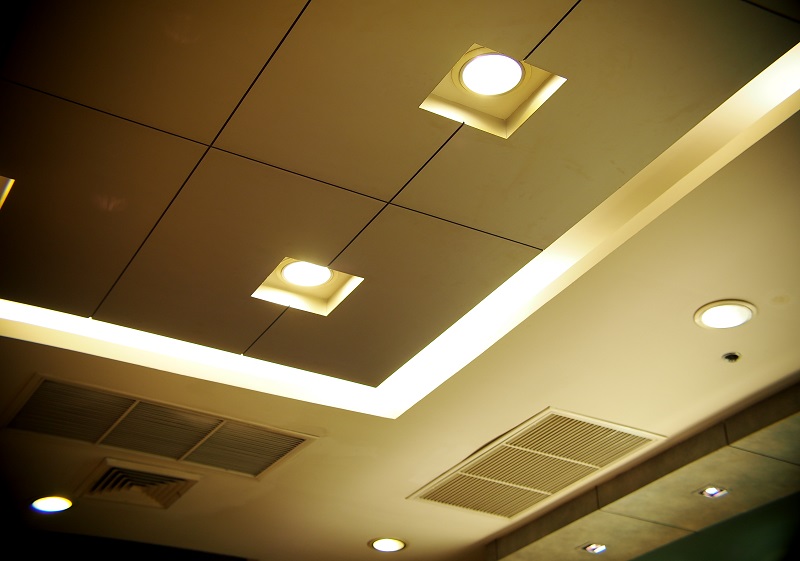It is official now that the light bulb that you have been using and that was around since the 1800s is on its way out. The incandescent light that has been illuminating millions of homes until a decade back is now considered to be inefficient as it loses most of the energy as heat generated during lighting a space. This factor has made it inefficient both financially as well as ecologically. With the growing concern over environmental impact and the use of renewable and green energy, governments are now determined in taking these high powers consuming light bulbs.
The invention of led lights early in the last decade has made the process of replacing the incandescent light bulbs much easier and safer. Though the CFL or the high efficiency Compact Fluorescent Lights initiated the process it had its own problems and downsides especially the potential risks in the inclusion of mercury which is highly toxic in its design. Apart from that CFL sometimes gives unpleasant color resulting in a headache.
The LED lights have in the last decade emerged as the pioneer of ‘solid-state lighting’ technology or SSL. Basically, the incandescent bulb emitted light from a vacuum and the CFL from a gas, but the SSL emits light from a solid matter. This piece of solid matter is called the semiconductor in case of traditional LEDs that helps in producing light when the electrons move around it.

Advantages of LED Lights
In recent times many households, as well as commercially established units, now prefer these power savers. There is one good reason too many for such favour and surge in demand for LED lights that can be enumerated as under:
- Firstly, the LED lights are a very good source of reduced energy use and your monthly bills
- The LED lights produce more light when combined together in a unit and at the same time result in less loss of energy due to less heat generation
- The energy to heat ratio being taken care of you will have a light that will last several years requiring minimal or no maintenance
- The rate of efficiency of the LED lights is much more as compared to any vacuum or filament lights.
However, there are a few concerns regarding led lights but just like every coin has two faces, but the value is not reduced, so it is for the LED lights.
The Working Process
The concept of an LED ceiling lights are based on the electrical conductivity of semiconductors and it is this component of a LED light which differentiates it from a light bulb. The process ideally follows the following principle:
- It is the electrons that revolve around this semiconductor that is made up of materials that are neither insulators nor pure conductors that produces the light.
- A steady voltage is passed through the LED enabling the electrons to recombine within holes of the semiconductor and in the process these electrons emit light.
- The light can be colored as well, and it entirely depends on the range of energies available within the semiconductor. This energy difference results in a ‘band gap’ where there is no possibility of electron states.

It Creates Electroluminescence
Ideally the entire working process of the led lighting installation lies in the creation of electroluminescence in and around the semiconductor material. This electroluminescence is actually a phenomenon in which electric current and voltage create an electric field that emits light when the negatively charged electrons fill the holes.
This electron-hole lacks negative charges, therefore, having high positive charge and the semiconductor controls the number of such electron holes when it is doped, or other elements are introduced to change its properties.

